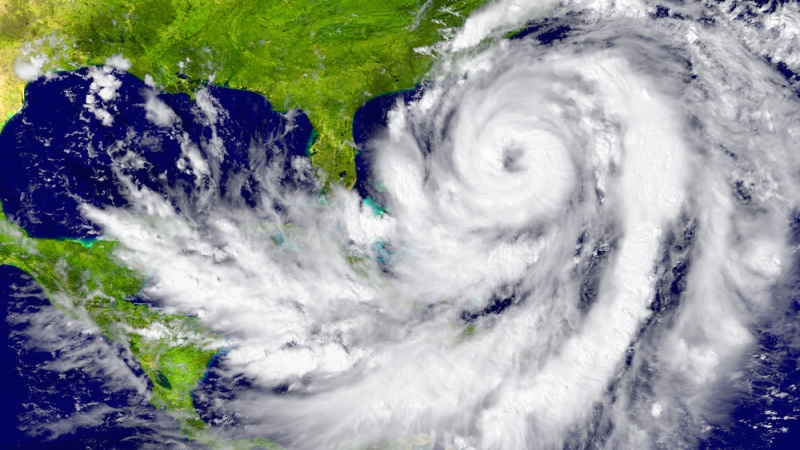
The U.S. Navy’s Fleet Numerical Meteorology and Oceanography Center (FNMOC) will stop processing and distributing data by the end of July from a decades-old military weather satellite program that has provided crucial environmental intelligence, a spokesperson confirmed to MeriTalk.
Originally slated for decommissioning by September 2026, the Navy is now set to end its processing and dissemination of Defense Meteorological Satellite Program (DMSP) data by July 31 – more than a year ahead of schedule.
The program’s end was initially scheduled for June 30, but the deadline was extended by one month due to a “cybersecurity risk.”
“The Navy is discontinuing contributions to DMSP given the program no longer meets our information technology modernization requirements,” the Navy spokesperson said.
DMSP, operated jointly by the U.S. Space Force and U.S. Navy, has for decades collected real-time data from three satellites in polar orbit, helping military forecasters and civilian meteorologists monitor atmospheric and oceanic conditions. These datasets are especially important during extreme weather events, such as hurricanes, when high-resolution environmental insights are vital to public safety.
Beginning August 1, FNMOC will stop uploading satellite data to the government’s meteorological computing interface, cutting off access for weather experts who have historically depended on the data.
In preparation for the September 2026 end date of the DMSP, the U.S. Space Force is shifting to a new generation of environmental satellites.
“The U.S. Space Force is transitioning from DMSP to a modernized environmental satellite architecture,” a Space Force spokesperson said.
The first Weather System Follow-On – Microwave satellite, launched in 2024, became operational in April 2025 and provides enhanced tracking of ocean surface winds and tropical cyclone intensity. The second follow-on system – the Electro-Optical/Infrared Weather System – is expected to launch in 2026, with data delivery beginning in 2027.
The National Oceanic and Atmospheric Administration (NOAA) also confirmed it will begin phasing out over 50 years of DMSP data. According to a public notice released this week, NOAA’s Earth System Prediction Capability will no longer receive or distribute data from the Operational Linescan System, Special Sensor Microwave Imager Sounder, or space weather instruments aboard DMSP satellites.
FNMOC has coordinated with the Naval Meteorology and Oceanography Command to maintain limited processing and distribution capabilities through July 31.
Experts Warn of Forecasting Setback
Meteorologists and hurricane specialists are sounding alarms over the early termination of DMSP data access. With hurricane season already underway, they warn that reduced access to microwave satellite data could hinder life-saving forecasts.
“The three military-run satellites provide roughly half of microwave satellite scans to forecasters,” wrote hurricane specialist Michael Lowry in a Substack article. He emphasized that these scans, especially from polar-orbiting satellites, offer “MRI-like” insights that geosynchronous satellites can’t provide – particularly at night or during rapid storm intensification.
Lowry warned the data loss will “severely impede and degrade hurricane forecasts for this season and beyond, affecting tens of millions of Americans who live along hurricane-prone shorelines.”
Veteran meteorologist John Morales echoed that concern in an op-ed, writing: “we’re back to tracking hurricanes like it’s 1999. Except this isn’t a party. And people could die.”
Despite the public cutoff, DoD users –including Navy weather forecasters – will retain access to DMSP data via direct-readout terminals through the satellite program’s full end-of-life in September 2026. The Navy emphasized that “although a short capability gap will occur,” military weather teams will rely on data from Joint Force and allied partner systems in the interim.
